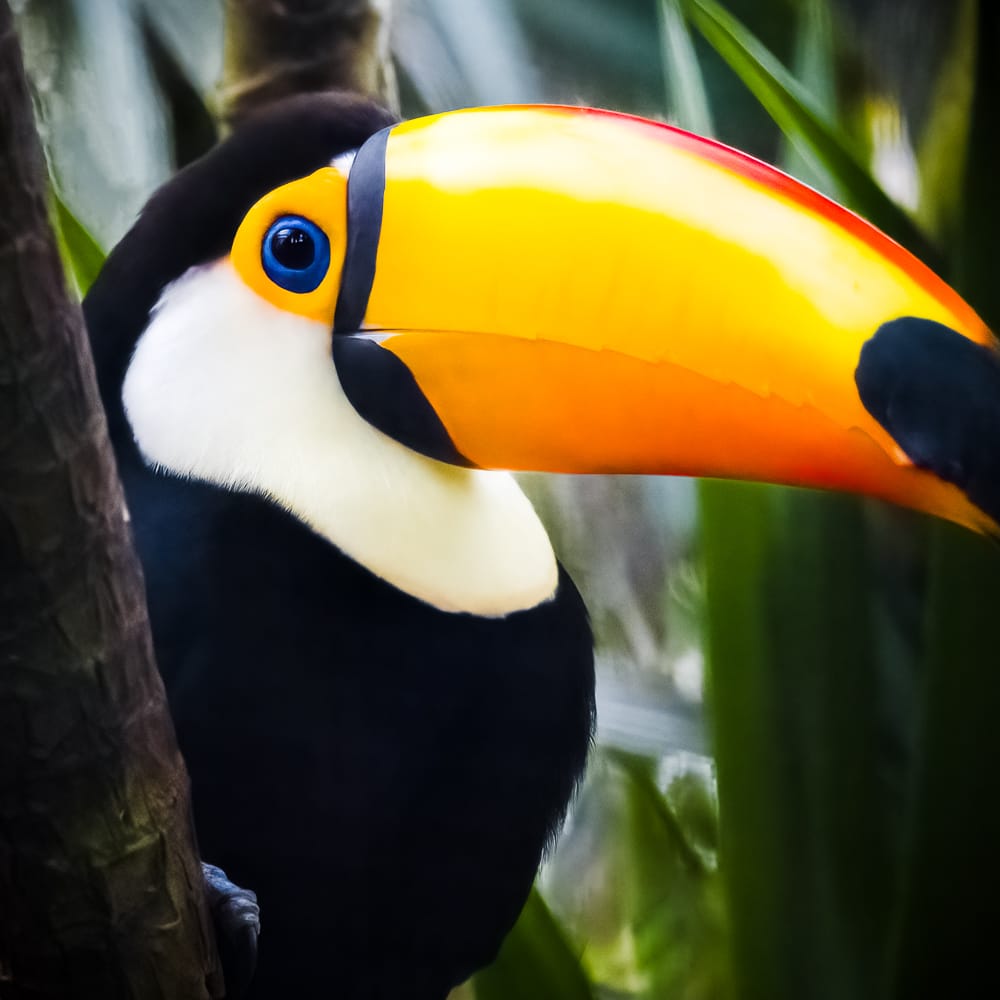
Dec 05 2024
Toucan Beak: Function Meets Style
Serving as more than a decorative feature, it’s a masterpiece of evolutionary engineering that combines beauty, functionality, and adaptability.
Lightweight Yet Strong
Despite its size, the toucan’s beak is surprisingly lightweight. Made primarily of keratin—the same material as human hair and nails—it’s structured with a foam-like interior that consists of a network of tiny air pockets. This design provides strength while keeping the beak light enough for the bird to carry and use with ease. This clever adaptation allows the toucan to maintain balance and agility while navigating the forest canopy.
A Tool for Eating and More
The beak’s primary function is feeding, and it is perfectly suited for the toucan’s frugivorous diet. Its length enables the bird to reach fruits on branches that might otherwise be inaccessible. The sharp edges of the beak can peel fruit, while its dexterity allows the toucan to pick up and toss food into its mouth with precision.

Thermoregulation: Toucans regulate their body temperature through their beaks. The large surface area and extensive network of blood vessels allow heat to dissipate when it’s warm, keeping the bird cool in tropical climates.
Social Interactions: The bright colors of the beak play a role in communication and mating. A vibrant, well-maintained beak can signal health and vitality to potential mates.
Defense: While not a primary weapon, the beak can be used to deter predators or rivals, making it a valuable asset for survival.
The Role of Color
The vibrant hues of a toucan’s beak are not just for show—they serve important functions. The colors can help the bird blend into its environment by mimicking the bright fruits and flowers of the tropical forest, providing camouflage. Additionally, the colorful beak acts as a visual signal during social interactions, such as courtship displays or territorial disputes.
Learn More at Seki, Y., & Meyers, M. A. (2008). "Toucan beak: Structure and mechanical response."